19 - 20 March 2017
On arrival in El Escorial we found some free parking, but we had a long walk, uphill, for maybe 1 1/2 miles to get to “The Monasterio de San Lorenzo de El Escorial”. But much of the walk was through royal hunting grounds with many nice trees.
Finally just about there, just the final push to the summit. Rick Steves: “This 16th-century palace, 30 miles northwest of Madrid, was built at a time when Catholic Spain felt threatened by Protestant “heretics,” and its construction dominated the Spanish economy for a generation (1562-1584).” Again pictures were not allowed inside - but there were lots of sculptures, paintings, tapestries, furnishings, and an ancient looking library.
Here is one shot of just outside the entrance. Yeah, this is one large expenditure to build just a home for two - okay, a palace for a royal family, and all the other supporting cast (princes, princesses, staff, visitor's quarters).
Our view on arrival to Segovia, and from the free dirt parking lot our AirBnB hosts told us to use. The daily multiple workouts continue, as we had to carry our gear (backpacks) up the hill - see the long staircase coming up from the right. It seems 99% of the places to see and visit here are at the top of big hills or mountains - that's the only way back in the day (Dark/Middles Ages) to protect your people from marauders.
We found our apartment not far from the top, with a balcony view of a small plaza. The windows kept the noise to a minimum though.
Segovia's great cathedral called "Segovia Cathedral" - hee hee. This is said to be "from the final over-ripe style of Gothic called Flamboyant". We did notice the many supporting smaller spires we hadn't seen on earlier churches.
To the westside of town, at the highest point, was the Alcazar - fortified palace. This has some real castle looking features, including a moat, and cliff top sides. In 1862 a fire destroyed much of the interior, so much of the ceilings were rebuilt recreations. Much of the space is now a military museum, with a focus on later time's artillery science.
Cool armored riders on armored horses.
Listening to the audio tour - a wand for 3 Euro that speaks English into your ear - just push the button number for whatever location you find yourself.
A view out the side of the "fort" of a small village in the stream valley below.
Suckling pig, Segovia's claim to culinary fame, three weeks from birth to plate. Tim never got around to trying some "how can veal pig be better than Memphis BBQ", and Gerri probably couldn't stand kissing his lips for a month.
The last significant sight of Segovia, a real 2,000 year old Roman built aqueduct, at the time Segovia was a Roman military base. This 9-mile carrier of water functioned until the late-nineteenth century. The aqueduct is the largest and best Roman structure remaining in Spain.
Doesn't it look unreal - like a painted (or digital) backdrop in a movie.
One last Segovia feature "House of a Thousand Beaks". Moorish inspired design work we thought was amazing.

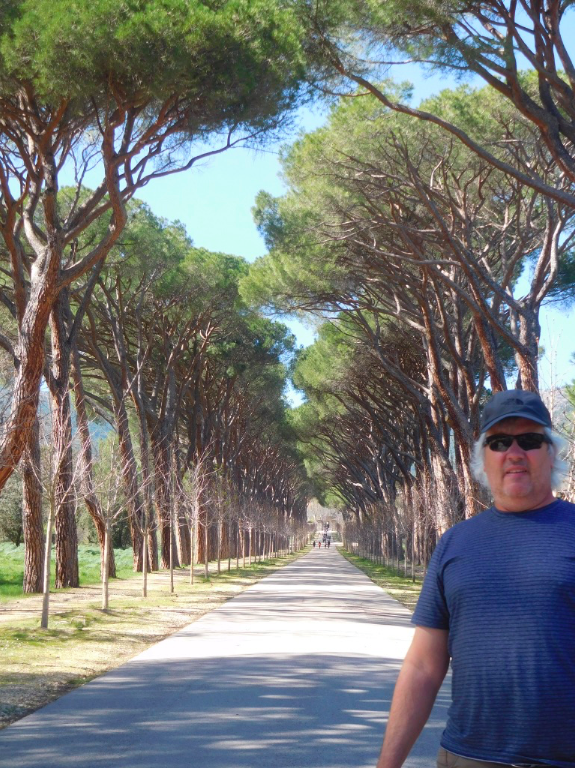

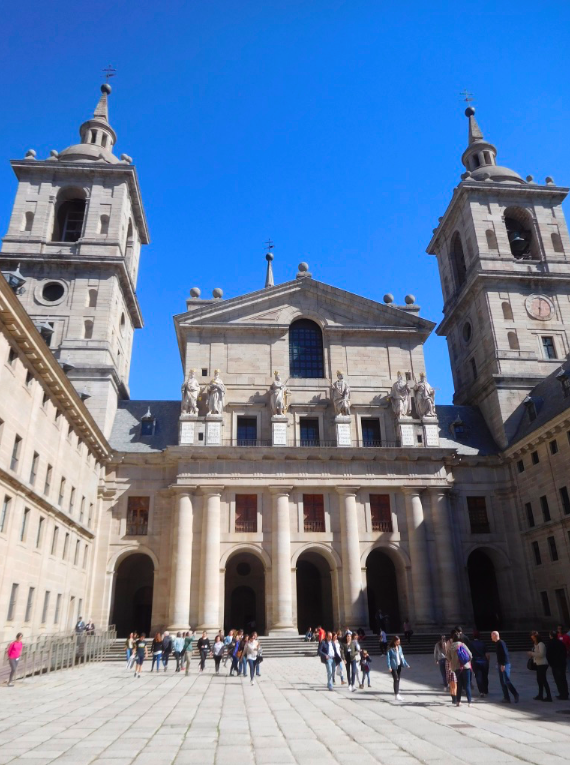







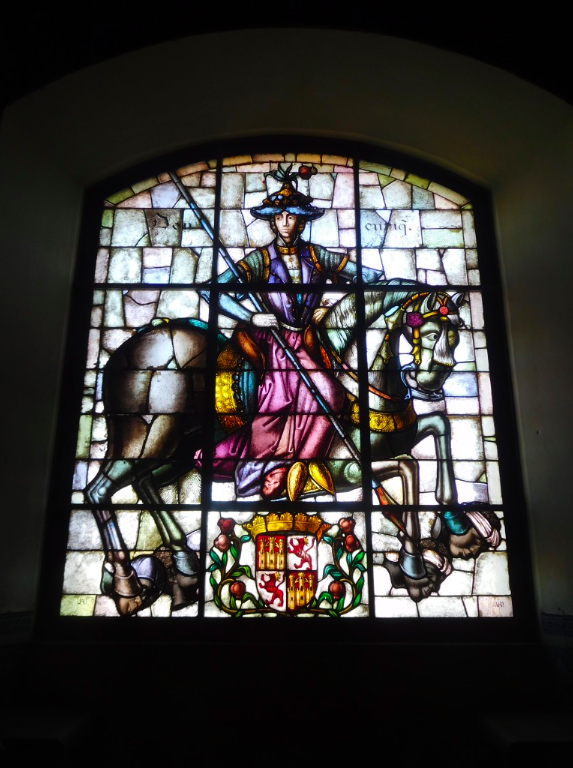








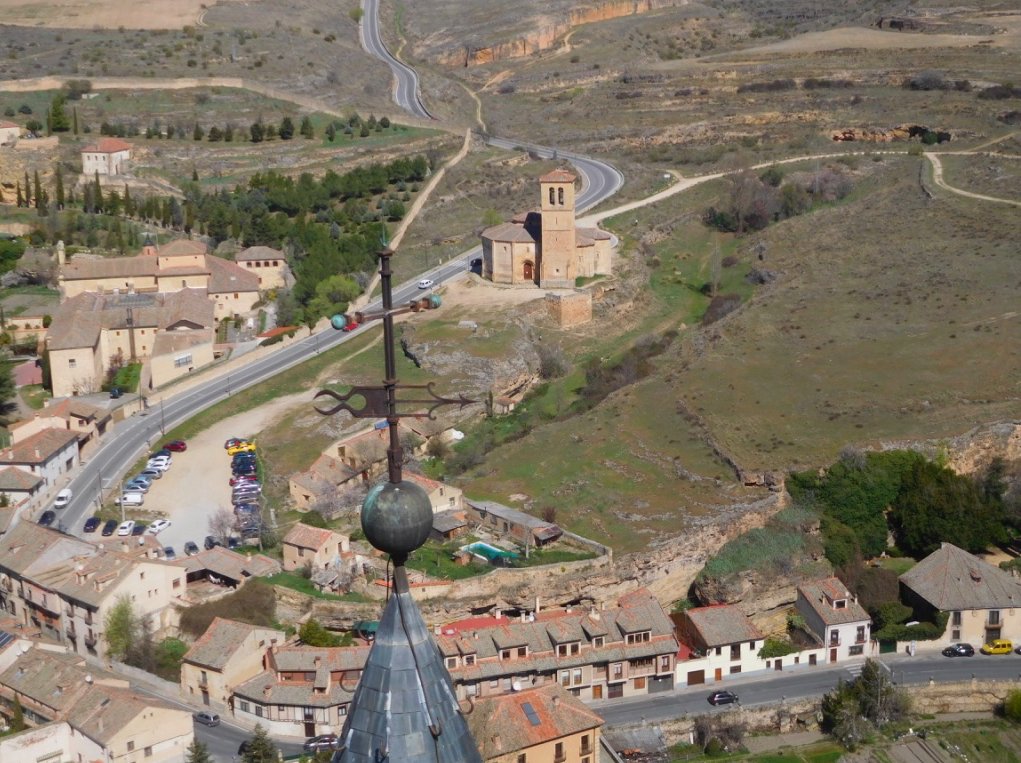



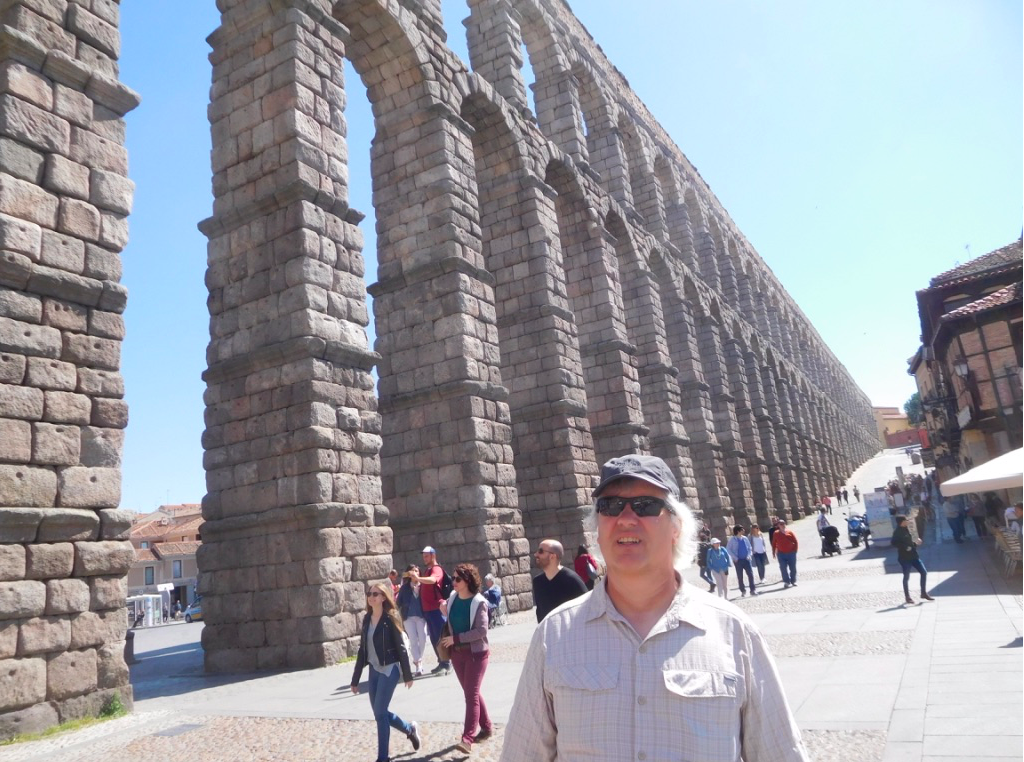

 RSS Feed
RSS Feed
